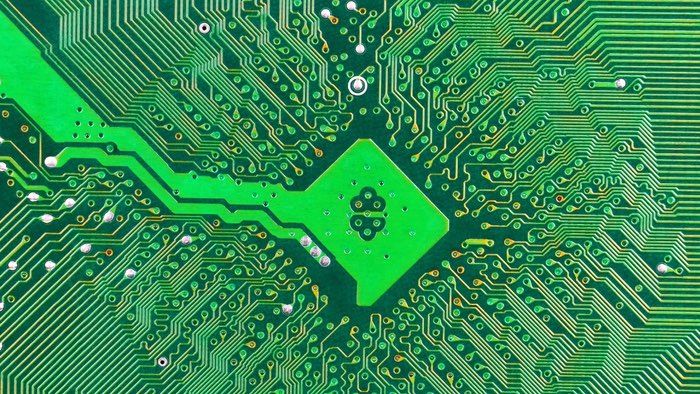The dream of melding biological and man-made machinery is now a little more real with the announcement that Columbia Engineering researchers have successfully harnessed a chemical energy-producing biological process to power a solid state CMOS integrated circuit.
According to study lead professor Ken Shepard, this is the world’s first successful effort to isolate a biological process and use it to power an integrated circuit, much like the ones we use in phones and computers.
The researchers developed the system by using an artificially created lipid bilayer membrane containing naturally occurring ion pumps, which are powered by the biological world’s “energy currency molecule,” ATP (adenosine triphosphate). ATP is the coenzyme that transfers chemical energy between living cells. It is an end product of processes such as photosynthesis and cellular respiration, and it powers the mechanical work of living systems such as cell division and muscle contraction.
